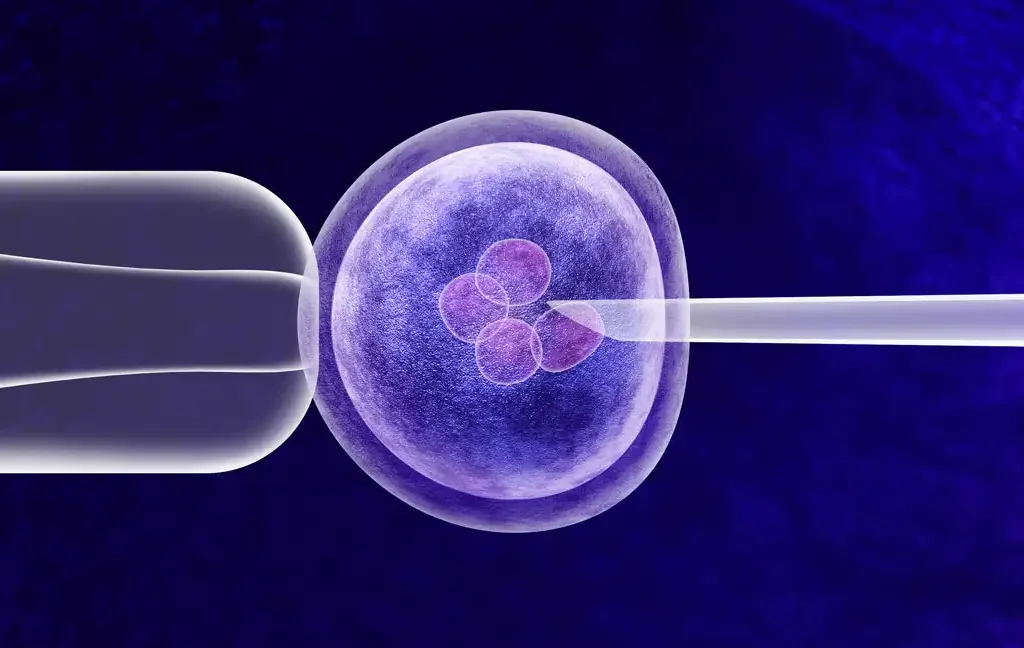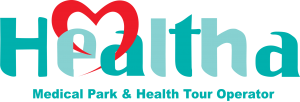IVF treatment for infertility
IVF treatment or in vitro fertilization causes that an egg comes out from egg storage of woman so that sperms would be able to fertilize them out of body in an IVF laboratory. Sperms can be either man’s own or be donated. When the egg is fertilized, it is known as embryo and after some days it begin to be divided, every embryo which is assessed to have biggest chance for pregnancy and it is returned to uterus. The embryo attaches in uterus lining and develops more, exactly after fertilization in a usual way. If there are many embryos with high quality, they can be freeze for returning for subsequent cases.
The stages of IVF treatment is as follows:
Step 1 – Investigation
Before an IVF treatment can be started, you need to undergo a fertility investigation to see if there are any causes for the infertility. Regardless of whether you have done the investigation with us or at another clinic, you are welcome to us for treatment. On the first visit to us, you will meet a doctor who carefully reviews your history and plans the layout for your treatment. After the planning, you get to meet a nurse or midwife who shows how the different drugs work.
Step 2 – hormone stimulation
With IVF treatment he women are stimulated with hormone injections ( FSH-Hormone) which get some eggs for develop at the same time. For avoiding early egg loss, the woman own hormone production should be suppressed though another hormone preparation.
There are two different stimulation protocols, long and short. With long stimulation a nasal spray with suppressing hormone is taken within two weeks before starting of FSH injection. This is called agonist protocol. The short variant of stimulation is composed of FSH injection and then hormone injection (suppressing) within about 5 days which is called antagonist protocol.
In many cases, the methods may be considered the same, but maybe there are some reasons to choose one method over another. Which treatment method is suitable for you is determined by your responsible doctor.
Step 3 – Taking egg
Stimulation of hormones is done through about 10- 14 days and within this time one can follows the activity in ovaries with ultrasound and blood test with 2-3 cases. When the eggs are mature, they are removed from the ovaries by emptying the ovaries through a thin needle through the vaginal wall during ultrasound guidance. The woman is given a local anesthetic and a fast-acting painkiller to reduce discomfort. The embryologists who work in the lab take care of the fluid from the egg sacs and look for the eggs using a microscope.
The procedure takes about 15 minutes and when it is finished, you can have coffee in your patient room. After an hour or so, you can leave the clinic. The man is of course welcome to be present at the egg retrieval. On the same morning as the egg retrieval takes place, the man may also leave a semen sample, where the best sperm are recovered by so-called gradient centrifugation.

Step 4 – Fertilization
Approximately 50,000 sperm are added to each of the eggs retrieved. Eggs and sperm are placed in a bowl with nutrient solution in a heating cabinet overnight and the sperm swim to the eggs. In some cases, when the sperm cannot fertilize the egg on its own, a sperm is injected directly into each egg by microinjection (ICSI). Usually 50-70% of the eggs are fertilized; partly depending on the quality and maturity of the eggs, but also depending on the quality of the sperm.
The next day, the eggs that have been fertilized are checked; these then have two precursors to a nucleus, one from the sperm and one from the egg. Later in the day, these fuse together into a common nucleus and the fertilized egg can begin to divide. The first day to two cells, the second day to four and so on and is now called embryo.
Step 5 – Embryo Feedback
Four-cell embryo the second day after egg retrieval – when the embryo consists of 4-6 cells – an assessment of the embryos is made and the best embryo is selected to be returned to the uterus. If there are many fertilized eggs, it can be an advantage to grow embryos until day 5 for return, as they have developed into so-called blastocysts. Through blastocyst culture, embryologists can see which embryos have the best chance of developing into a pregnancy. The reason why embryos are not always grown for five days is that the uterus is the absolute best environment. There is therefore always a balance between producing the best embryo and providing the best growth environment.
The return is done with the help of a thin catheter that is inserted into the uterus via the cervical canal. The procedure is performed as a regular gynecological examination, takes about 5-10 minutes and is not painful.
If there are several high-quality embryos on the day of return, they can be frozen and later retrieved for possible return in the future. It is only in exceptional cases that we return two embryos, to avoid twin pregnancies. To support the ability of the uterine lining to receive the embryo, the hormone Progesterone is given for about three weeks in the form of vaginal pills or gel.
Step 6 – The wait
You can live as usual in the weeks after the return, but you should refrain from medication if possible. If the pregnancy test, which is taken 18 days after egg retrieval, shows positive, an ultrasound examination is performed about 5 weeks after the return of the embryo, to see that it has established itself properly in the uterus. If there is no pregnancy, a return visit to the doctor is booked to discuss how to proceed. It is usually difficult to state the reason why there was no pregnancy. The chances are assessed individually after each trial and in some cases minor adjustments are made, for example by the hormone dose. The chance of getting pregnant is the same for each treatment cycle and within the framework of three treatments, about 70% of the treated couples have had children.


